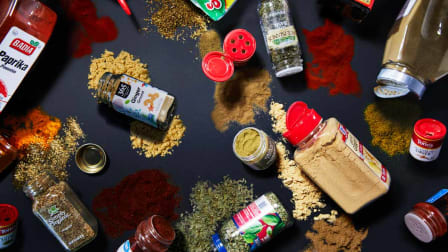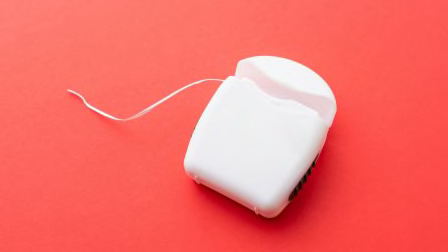The Power of Citizen Science
Ever wonder about harmful chemicals that might lurk in everyday products? These three people—none of them trained scientists—decided to find out. Here's how they did it.
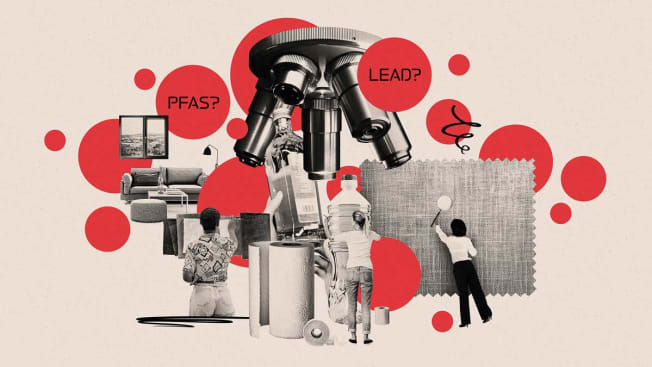
You’ve heard of Erin Brockovich, the law clerk without a science degree who exposed the existence of a dangerous contaminant polluting a town’s groundwater, a toxic hazard that otherwise might have stayed invisible.
She’s not the first person to practice “citizen science” to powerful effect, nor will she be the last.
Maybe you’ve wondered whether that plastic container you’re about to zap in the microwave is really safe to use or whether your favorite chipped coffee mug is exposing you to toxic paint. Some particularly enterprising people who’ve had similar concerns have also wondered—but then took the extra step of testing the chemical makeup of what they were concerned about and then publicized the results.
These citizen testers aren’t professional chemists or government regulators, but all of them were able to raise red flags and spark important conversations about the health hazards that can be hiding in our homes and lives.
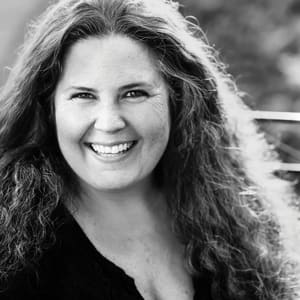

When Jessian Choy, a freelancer in San Francisco, took over the “Ms. Green” column for Sierra Club magazine in 2019, one of the first reader questions she chose to answer was which menstrual products were most eco-friendly. In particular, she wanted to know whether period underwear—washable, reusable underwear meant to replace pads—had significant downsides compared with disposable products.
Choy knew that waterproof products often contain PFAS, a group of chemicals linked to certain cancers and other health problems. She was also aware that companies don’t always know exactly what’s in their products. So when she contacted six manufacturers of period underwear, she was prepared to be skeptical if they claimed they were totally safe and sustainable. But only one responded to her at all.
So Choy decided to get the products tested herself. She sent samples of two brands to a lab at the University of Notre Dame in Indiana run by Graham Peaslee, PhD, a leading PFAS researcher. Some labs test only for a handful of PFAS, but over 12,000 of the chemicals exist, which is one reason Peaslee measures fluorine, an indicator for PFAS overall.
The results were “startling,” Peaslee says. While fluorine wasn’t detected in one product, in the other the levels were surprisingly high, he says.
When Choy wrote about it in her column, she says her readers were shocked. “People were really concerned because, you know, where do you wear underwear, but one of the most sensitive parts of your body?”
Because fluorine levels weren’t detected in one of the tested brands, Choy thought it was okay to recommend it to her readers. (Read more about how to avoid PFAS in consumer products.)
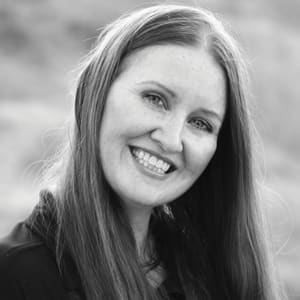
One reader of the “Ms. Green” column happened to be Leah Segedie, who lives near Los Angeles and writes Mamavation, a blog about how to avoid toxins in the home. Segedie says she was a Nancy Drew type as a child—curious and relentless—and grew concerned about environmental toxins after several family members died of cancer.
Knowing that PFAS is in many products, from pots and pans to food wrappers, Segedie followed up where Choy left off. She has now sent more than 450 products in multiple categories to a lab for testing, including cooking oil, dental floss, tomato sauce, ketchup, parchment paper, yoga pants, sports bras, bamboo flooring, and toothpaste. She laughs when she imagines lab assistants receiving yet another pallet of toilet paper from her.
The testing isn’t cheap: She has spent about $75,000 on the work so far, though she has offset that cost with reader donations and sponsorship from the nonprofit publication Environmental Health News. "But to be honest,” she says, “I’m such a pain in the butt that I would do this regardless."
Segedie says many of her readers are mothers, who are often the decision-makers of a household. “These women who need to care for and feed their families, they don’t have the information they need,” she says. “No one was answering my questions quick enough, so I just had to go and figure it out. And God bless these [labs] that can handle me.”
Segedie is quick to admit that she doesn’t have a scientific background, but she has a lot of experts helping her translate lab results into plain English and vetting her write-ups. One is Terrence Collins, PhD, a professor of chemistry at Carnegie Mellon University in Pittsburgh and the director of the Institute for Green Science.
“Leah and her work are important—even critical—elements of addressing the massive unsustainability” of how many everyday products are made, Collins says. He also has thoughts about critics of people like Segedie who decide to take testing into their own hands. There’s so much work to be done to combat toxic contaminants that the more people who get involved, the better, he says. “People say, ’Oh, you can’t do that, you’re not a scientist.’ ” “But,” he says, “that’s nonsense.”
How You Can Take Action
Does it make sense for everyone to have a lead-testing gun at home? No. And is it a lot to expect people to self-fund a lab to test for PFAS? Yes. But there are other ways to get involved if you’re concerned about hazardous toxins in your home or community, and if you want the powers that be to pay attention.
1. See whether you can run some tests in your own home. For instance, you can test for lead in paint using kits sold in hardware stores or online. In some cases, you may be able to send a sample of your tap water to your local health department to get tested for lead, free of charge. You can also have water tested for certain PFAS through companies such as SimpleLab and WaterCheck, though it can cost $100 or more.
2. Do some research. Is a local environmental group working on an issue you are concerned about? Have any local officials spoken about it? Is there an expert nearby who wants help, or an ongoing research project you can join by collecting data or volunteering time? (CitizenScience.gov, a partnership of the U.S. General Services Administration and the Woodrow Wilson International Center for Scholars, is one place to start.)
3. Be a change agent. Talk to your neighbors about your concerns. Attend community board or town council meetings to raise those issues. Find out who represents you in local government, and tell them what matters to you, why, and what you think should be done to address the problem.
As these three citizen testers’ stories demonstrate, a little curiosity and persistence can go a long way.
A CR Tradition
Consumer Reports has a long history of asking citizen volunteers for help with our research. In 1959 we asked readers to send us milk from local groceries to track evidence of radiation from nuclear testing. More recently, we had readers bottle up samples of their tap water to measure PFAS contamination. See how you can participate in current CR projects.
Editor’s Note: This article also appeared in the March 2023 issue of Consumer Reports magazine.


















